From an artist’s parental home in Bengaluru to an urban village in Delhi: The changing landscape of art residencies in India
The otherwise orderly gallery space Chemould CoLab, nestled in Colaba’s historic building Sugra Manzil, bursts into a chaos of aesthetics every summer when it doubles up as an artist residency. In the backdrop of French casement windows with glass-stained fanlights, painters — sometimes feverishly and sometimes with utter punctiliousness — colour canvases resting on easels. When they are not creating art, they tour Mumbai’s most famous neighbourhood, including The Taj Palace and The Gateway of India, which skirts the residency.

Artist-led workshop at Chemould CoLab
| Photo Credit:
Special arrangement
It is not just the bustling touristy spots of Mumbai that offer diverse locales to inspire emerging artists and art practices at India’s artist residencies. These sanctuaries of creativity extend to a wider landscape — from the quaint, ancient site of Hampi, an urban village in Delhi and an artist’s parental home in Bengaluru to a bucolic heritage home just three hours away from Khajuraho, a factory compound in Vadodara and a biodiversity hotspot in Kerala.
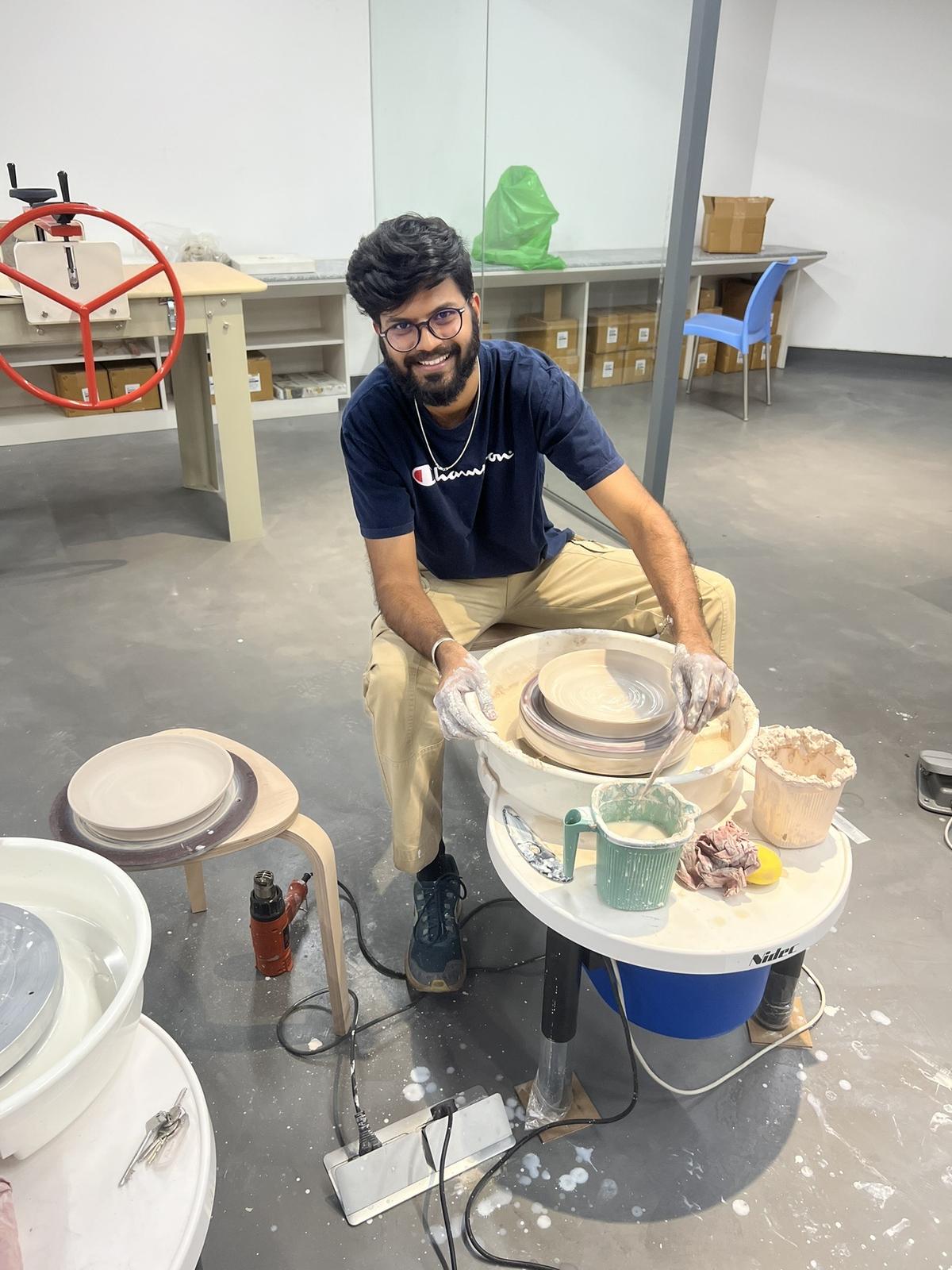
Sculptor Anirudh Shaktawat
| Photo Credit:
Special arrangement
Sculptor Anirudh Shaktawat applied to the inaugural residency programme of Hampi Art Labs in January to take a break from his back-to-back exhibition schedule. “I picked up printmaking and ceramics there to see how these processes, which are expensive and extremely technical, extend to my existing practice,” he says.
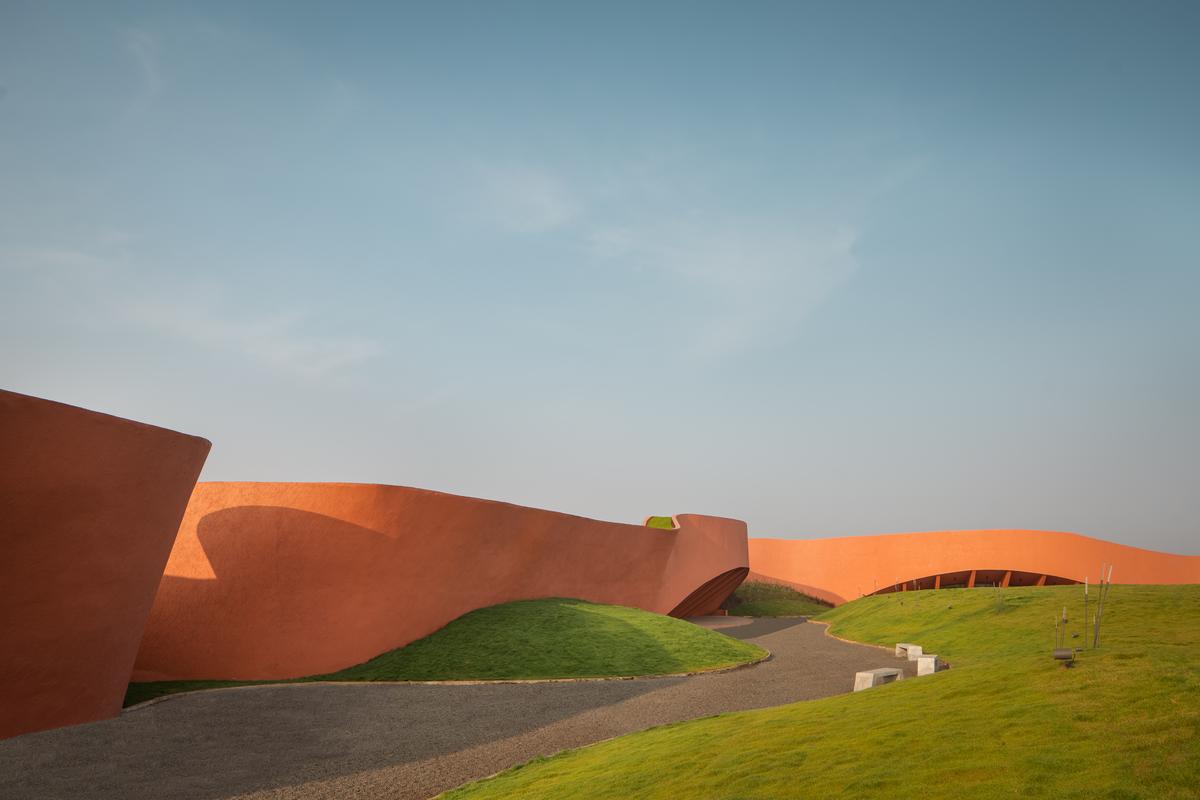
The building of Hampi Arts Lab is inspired by the Tungabhadra River.
| Photo Credit:
Special arrangement
In contrast to Chemould CoLab, Hampi Art Labs is a nine-acre architectural marvel near UNESCO World Heritage Site Hampi. An initiative of JSW Foundation — the social development arm of Mumbai-based JSW Group — the precincts of the residency have been designed by Sameep Padora, dean of the faculty of architecture at CEPT University in Ahmedabad, and his studio sP+a. “The building is inspired by the Tungabhadra River. It is not in a city where you have access to art galleries. Artists engage with local communities through cultural events and workshops on pottery making, embroidery by Lambani women and the stone carvers of Hampi,” says Meera, residency director at Hampi Art Labs.

While Chemould CoLab hosts artists through invitation, the latter follows a hybrid model. It invites artists and sends out an open call too. “The first residency was open-plus-invited call, while the ongoing residency was an open call where five artists were chosen by a jury. The upcoming residency in July will have six artists selected via open call,” adds Meera.
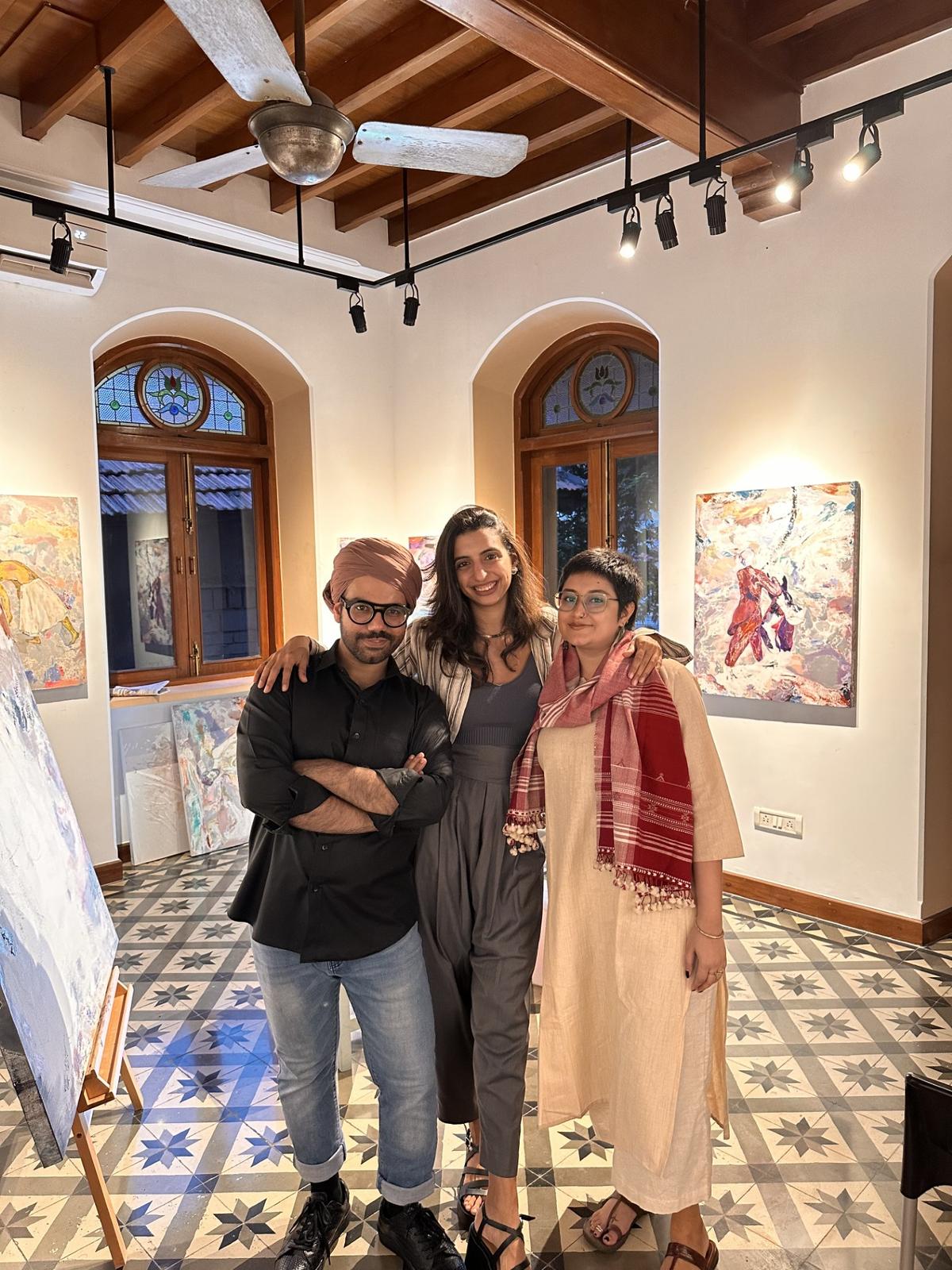
Atyaan with artists Kuldeep Singh and Jayeeta Chatterjee during the summer residency of 2023
| Photo Credit:
Special arrangement
An intimate space, Chemould CoLab cannot accommodate more than three artists for its annual four-month residency that lasts till August. “A lot of networking can happen during the residency because we’re in the heart of Mumbai. We choose young, emerging artists. They can go out and use the city as an inspiration,” Atyaan Jungalwala, director and gallerist of Chemould CoLab, illustrates with examples of artists Kuldeep Singh and Jayeeta Chatterjee: “Last year, Jayeeta made a work based on the Koli fisherwomen of Mumbai, while Kuldeep, who is based in Brooklyn and is an Odissi dancer too, collaborated with local musicians here. The experience reflects in his paintings.” This year, the residency, which began in 2022, is hosting two visual artists.
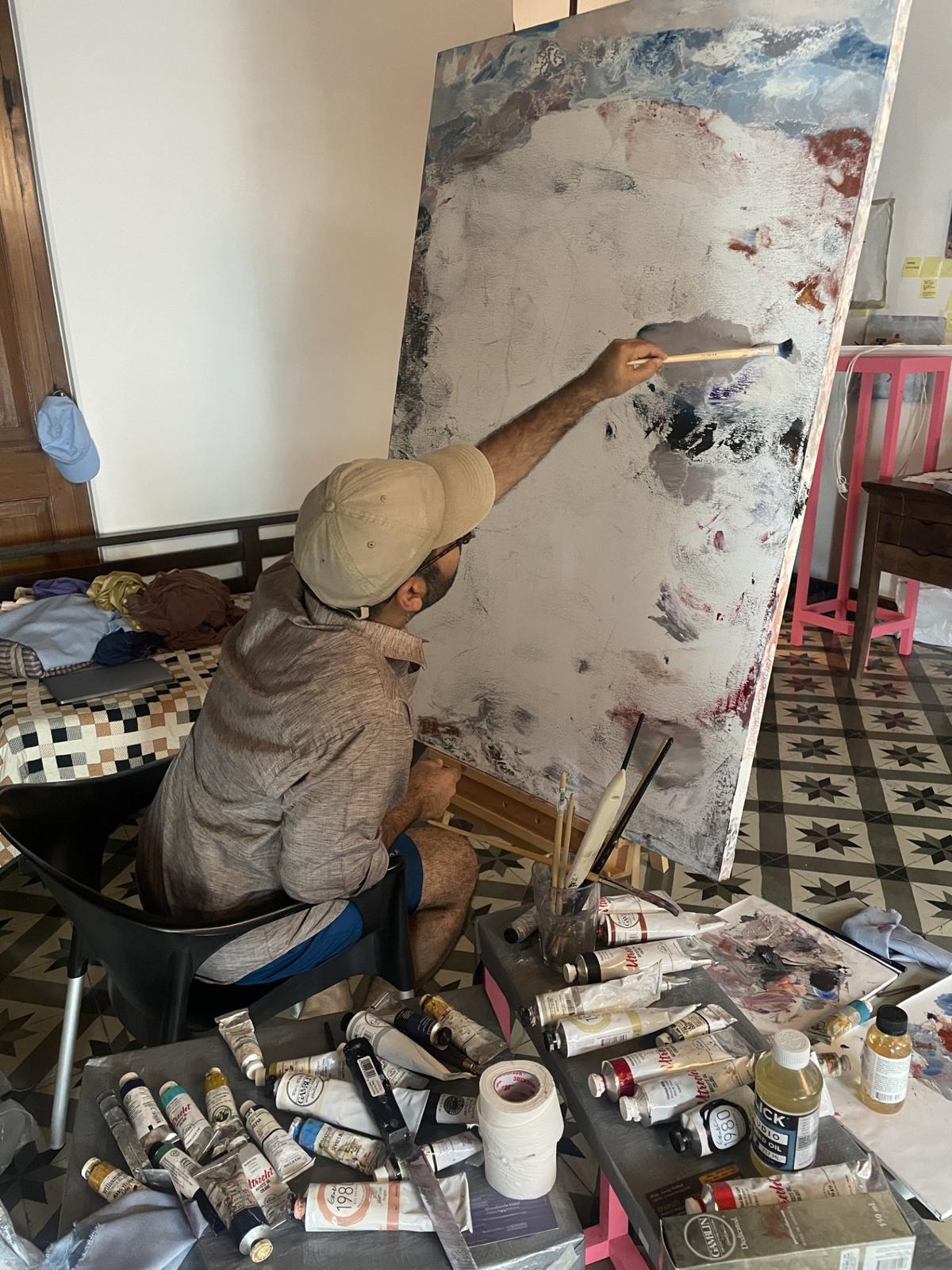
Kuldeep Singh at Chemould CoLab
| Photo Credit:
Special arrangement
In the absence of standard guidelines, all residencies in the country have their own working models. For instance, Chemould CoLab covers artists’ stay and tiffin service, but doesn’t allow them to part with works made during their stay. The residency culminates into an exhibition-cum-sale of their works. Artists are given a part of the profit from their artworks.
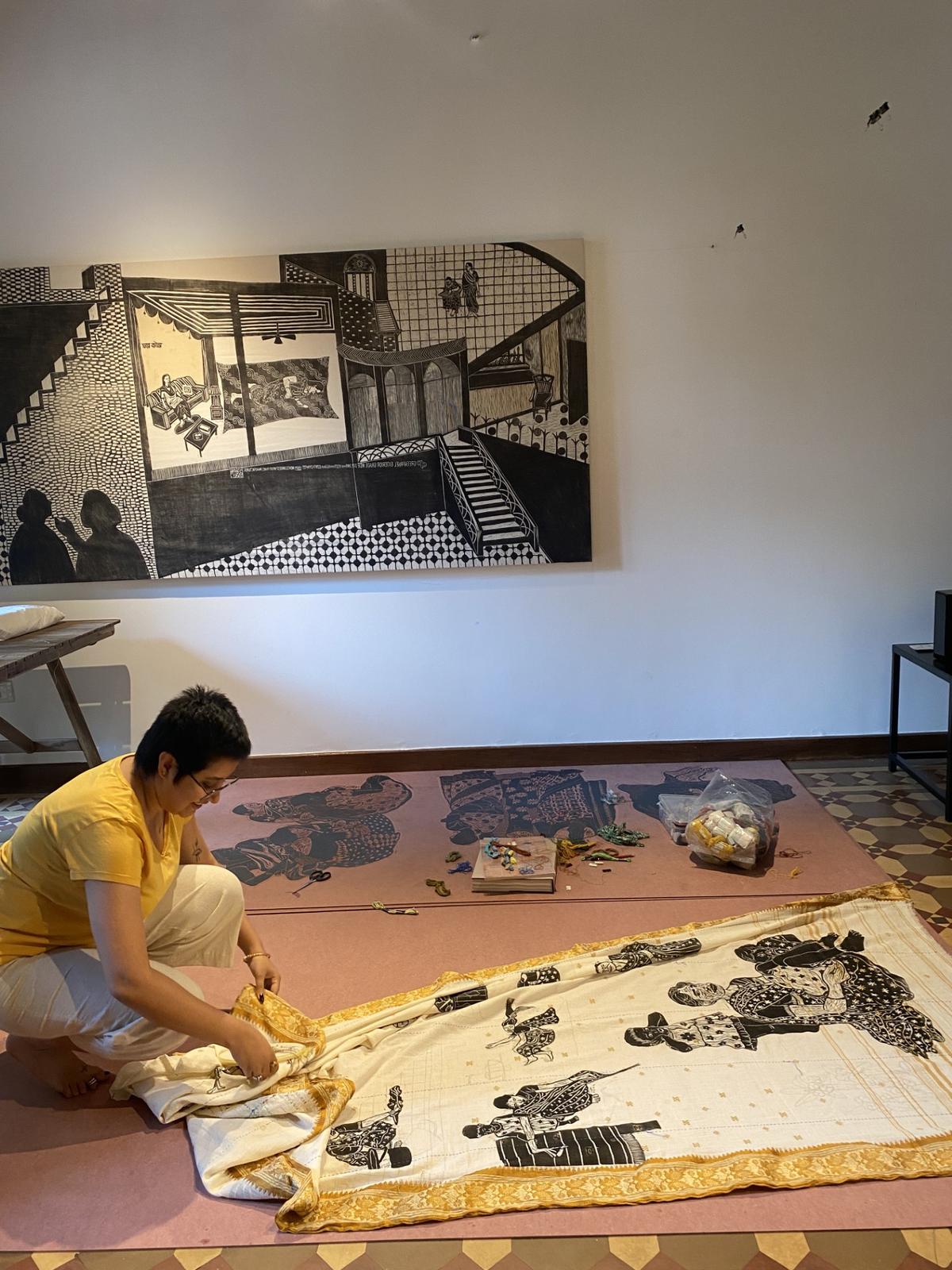
Jayeeta Chatterjee made a work based on the Koli fisherwomen of Mumbai
| Photo Credit:
Special arrangement
There are residencies, though, where artists are neither expected to make art nor leave creations behind. Hampi Art Labs is the newest addition. On the other hand, Khoj Art Residency Program is among the older ones. It began in 2002 at Khoj Studios that is tucked in a labyrinth of warrens in Delhi’s Khirki Extension.
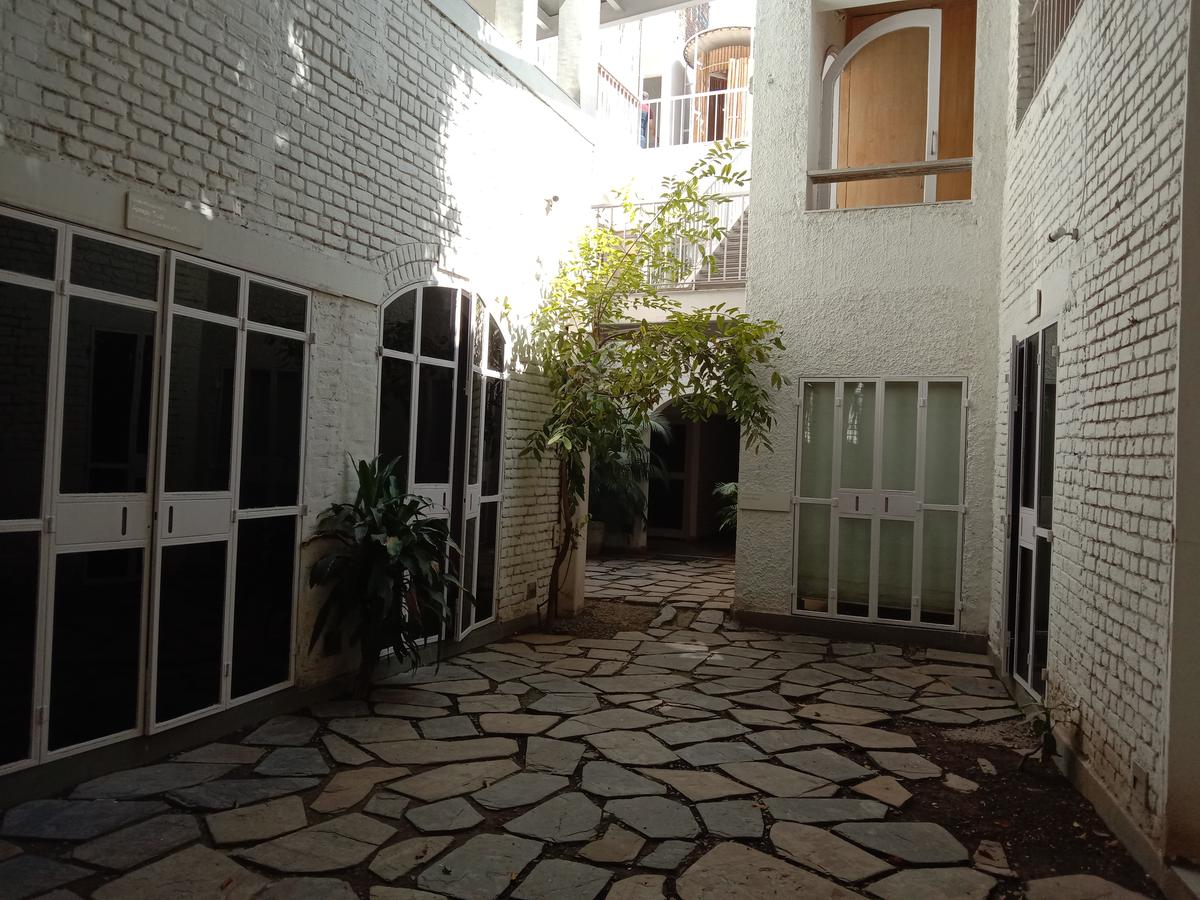
Khoj Studios is tucked in a labyrinth of warrens in Delhi’s Khirki Extension.
| Photo Credit:
Special arrangement
Just a kilometre from the city’s top malls, it has hosted artists like Ravi Agarwal, Atul Bhalla, Cuba’s Tania Bruguera and China’s Song Dong. Pooja Sood, curator and director of Khoj International Artist’s Association, sheds light on the brief history of artist residencies in India, drawing a line that separates artist residencies from art studios and emerging artists from emerging art practices. “Before Khoj there were residential workshops such as the Kasauli Art Centre by Vivan Sundaram — or residencies for international artists at Sanskriti Foundation started by OP Jain. Artists camps were a regular — where a group of artists would live and work together for two-four weeks normally at the behest of a patron,” she says.
Artists attend a workshop at Khoj
| Photo Credit:
Special arrangement
A residency, she adds, is a time-bound sojourn where artists work, contemplate their practices and mediums, engage with other artists, and attend workshops or travel the city for inspiration.
In that sense, Khoj has regaled the idea of intersectional themes by creating crossroads where art meets subjects like ecology, food, fashion, gaming, films, institutional critiques, technology, science, architecture and urbanism. “Take Delhi-based artist Asim Wakif for example. Bored and disillusioned with architecture, he visited the studio long ago, saying he loved working with bamboo. He made the most fantastic installation, where an artist danced and kids crawled through it. Today, he does the most spectacular work with bamboo. This is a place to experiment and it allows an artist the space to fail, which galleries don’t because they focus on selling,” she explains.
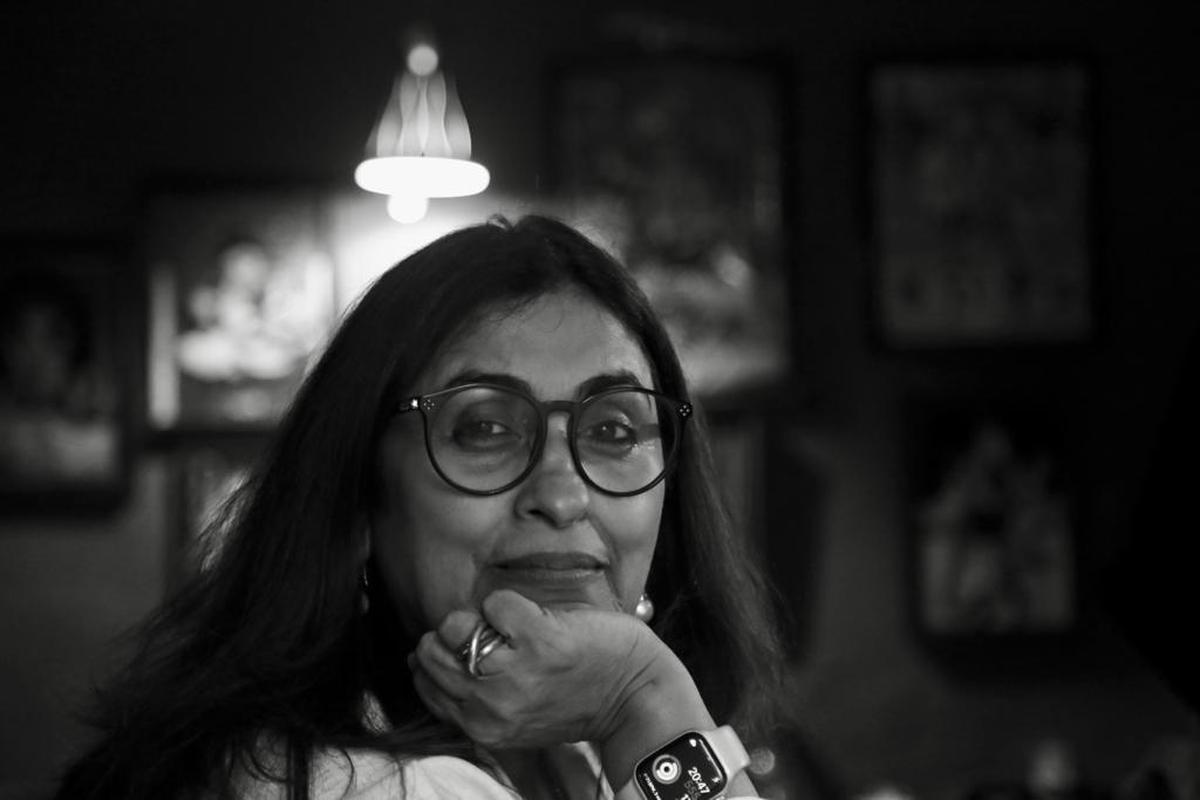
Pooja Sood, curator and director of Khoj International Artist’s Association
| Photo Credit:
Special arrangement
Khoj just wrapped up its international art residency, which saw an ensemble of artists from various countries. For those who can afford or are funded by their country’s cultural agency, Khoj charges a fee. But for young Indian artists, it announces an open call and pays a stipend of ₹50,000-₹60,000, and production fee against bills.
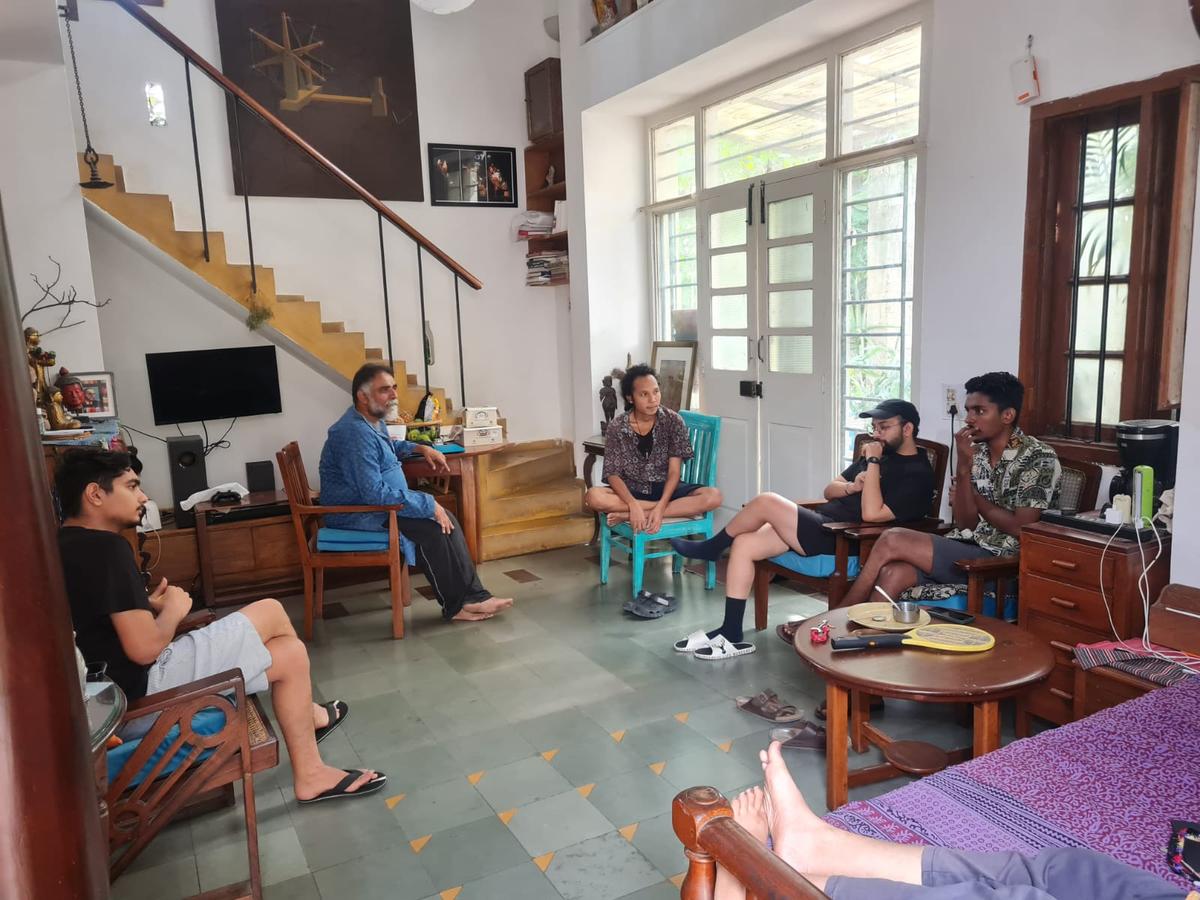
Located in the city’s heart, 1ShanthiRoad was once home to Suresh’s parents.
| Photo Credit:
Special arrangement
This financial model is adopted by Bengaluru-based 1ShanthiRoad too. Its director Suresh Jayaram tells us about the Next Step residency for Indian artists, which is funded by Sher-Gil Sundaram Art Foundation (SSAF). “This year, Takshila Education Society pledged to support administrative costs for three years. Our strongest institutional support comes from Goethe Institute, Max Muller Bhavan, Bengaluru, who have initiated an international residency with German artists,” he says.
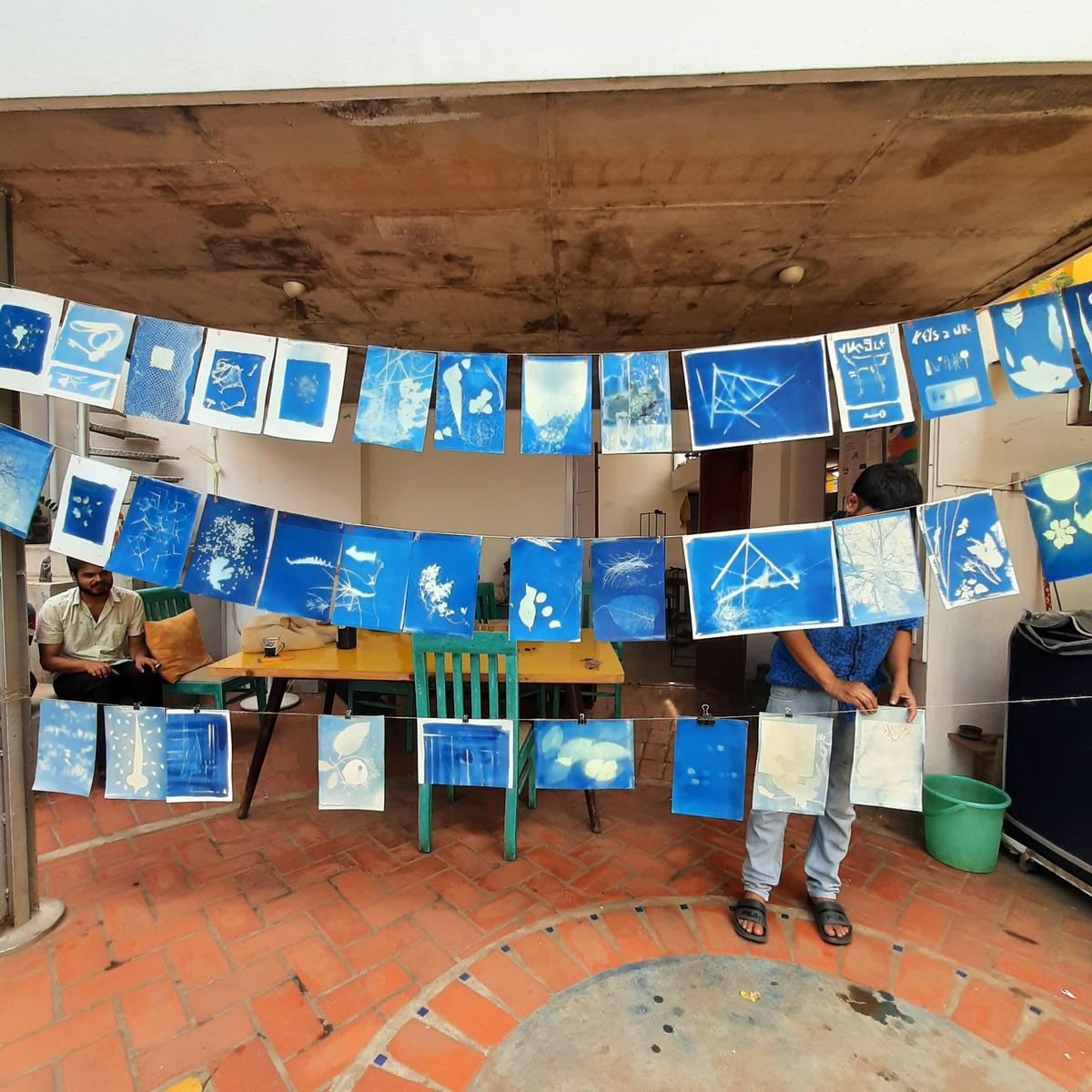
An artist at work in 1ShanthiRoad
| Photo Credit:
Special arrangement
Located in the city’s heart, 1ShanthiRoad was once home to Suresh’s parents. Designed by architect Meeta Jain, the residency’s building incorporates elements like grills, pillars, doors and windows collected by Suresh from demolition sites. It offers a mezzanine bedroom-cum-studio space, which seems languorous yet functional, two courtyards and the comforting embrace of a home away from home. The residency still houses a rosewood table that belonged to Suresh’s father and has weathered the scratches left by blades used for cutting the canvas. “So, this is the cost that you pay for being open, but it’s a minor thing. It also teaches me some things, like, to be patient, accommodative, understanding and have lot of compassion and to be non-judgemental. You learn these things from people coming to your house,” he says.
While Khoj allows six artists for a six-week residency, 1ShanthiRoad makes room for five for a month. “We give a stipend of ₹40,000 to a resident,” he says, adding that the residency also looks for artists who have a cutting-edge art practice, through material exploration or lens-based practice, and critical content that does not fit into conventional gallery context.
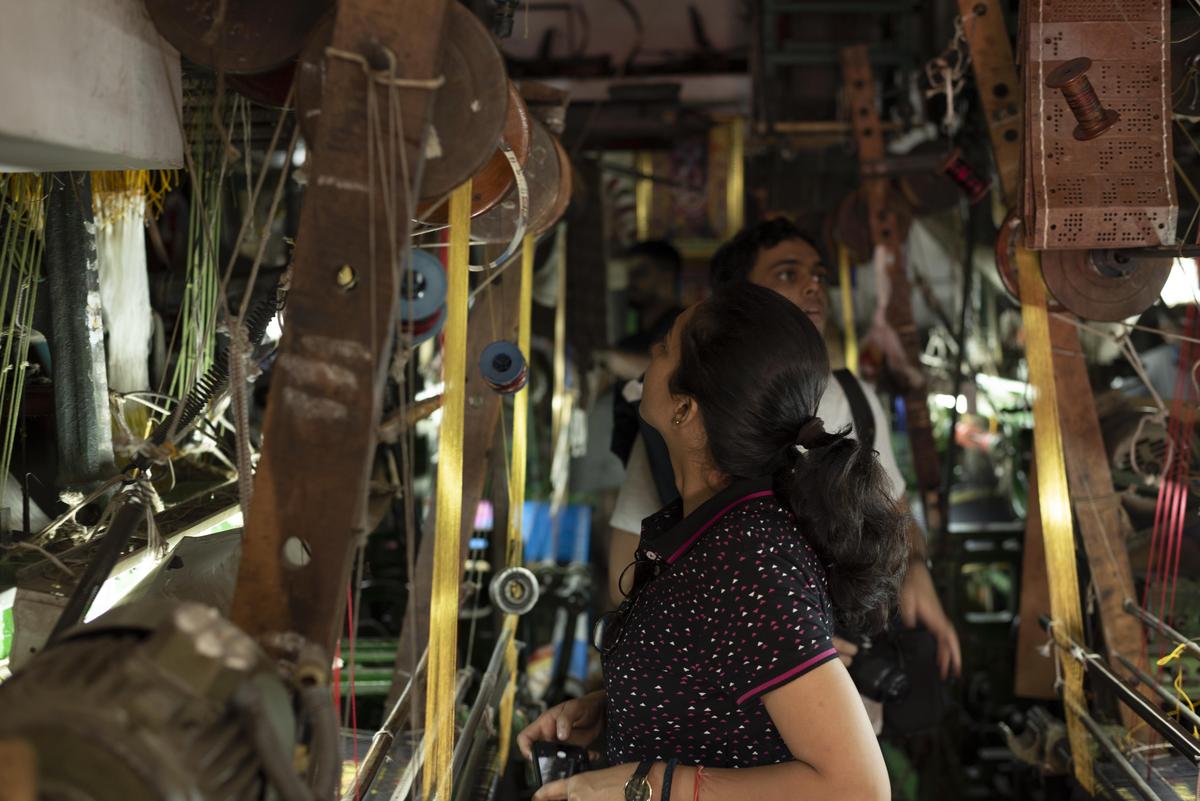
Next Step residents at a weaving centre, learning about materials and local skills.
| Photo Credit:
Special arrangement
In a way, residencies act as incubation centres for fresh-out-of-college artists, and equip them with an independent voice, legal workshops, and the skills needed before they head to galleries. “Getting into galleries immediately is a bad idea. Artists need to formulate their work, or they will succumb to the pressures of the market too early in their career. We do Peers Share, where young artists receive a crit session (critical feedback on the artwork) from senior artists/curators allowing for an inter-generational interaction,” shares Pooja.
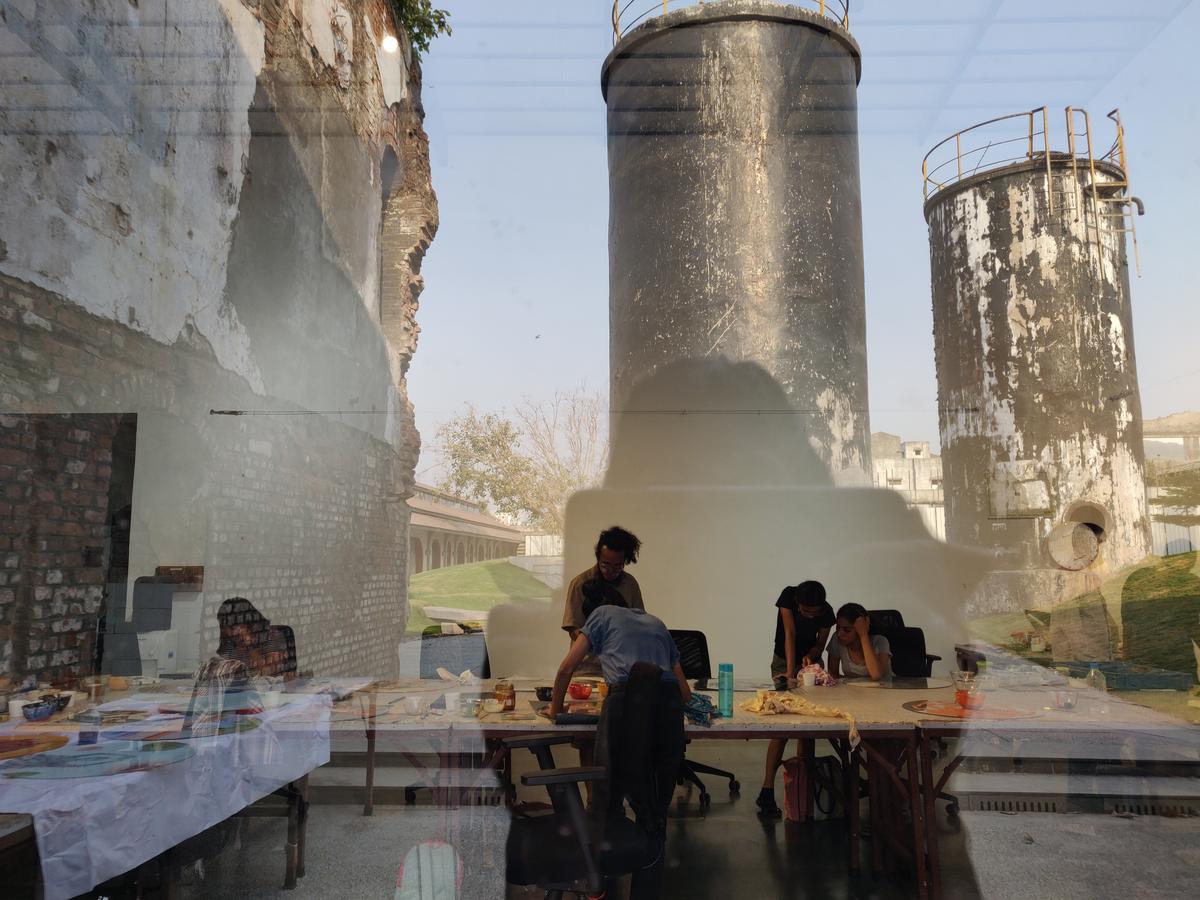
Space Studio, Baroda, is housed in a factory compound that shares its neighbourhood with an old distillery plant, a museum, an amphitheatre, a skatepark and cafes, all located around Vadodra’s Alembic Museum Square.
| Photo Credit:
Special arrangement
Numbers draw an interesting sketch of the artist residency scene in the country. Krupa Amin, director of Space Studio, Baroda, says, “In the last ten years, we would have housed over 200 artists. We receive 200-300 applications for a programme.” Space Studio, which began its residency programme in 2005 and is a CSR vertical of Alembic Pharmaceuticals Ltd, offers a minimum of two residency programmes a year. Cyril Jacob of Palette People International Art Foundation in Vagamon, Kerala, says they have hosted nearly 40 foreign artists and over 250 Indian artists in five years.
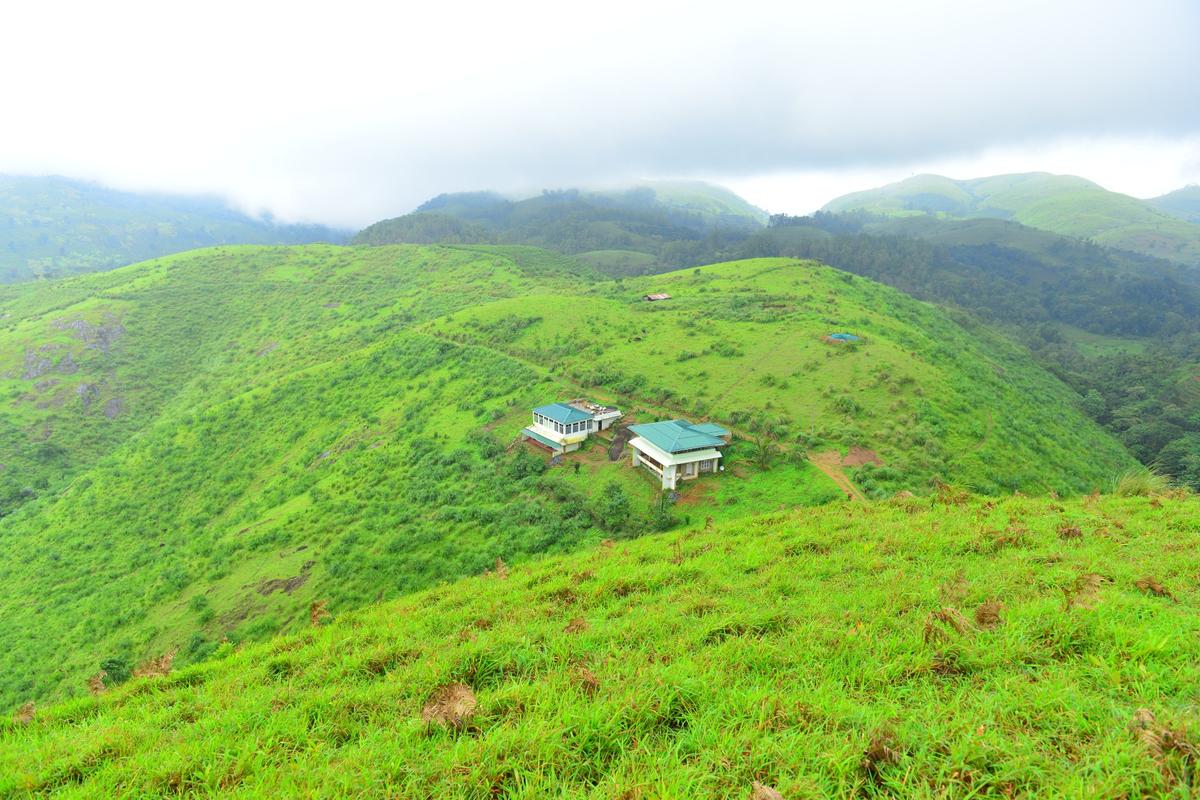
Palette People International Art Foundation in Vagamon, Kerala
| Photo Credit:
Special arrangement
While Space Studio, encased in a factory compound, shares its neighbourhood with an old distillery plant, a museum, an amphitheatre, a skatepark and cafes, all located around Vadodra’s Alembic Museum Square, Palette People Art Residency has two buildings spread across an 80-acre tract of land in the Western Ghats — a biodiversity hotspot. “We take artists out for walks to study, photograph and document rare plants, insects, birds, moths, butterflies and wildlife,” he says.
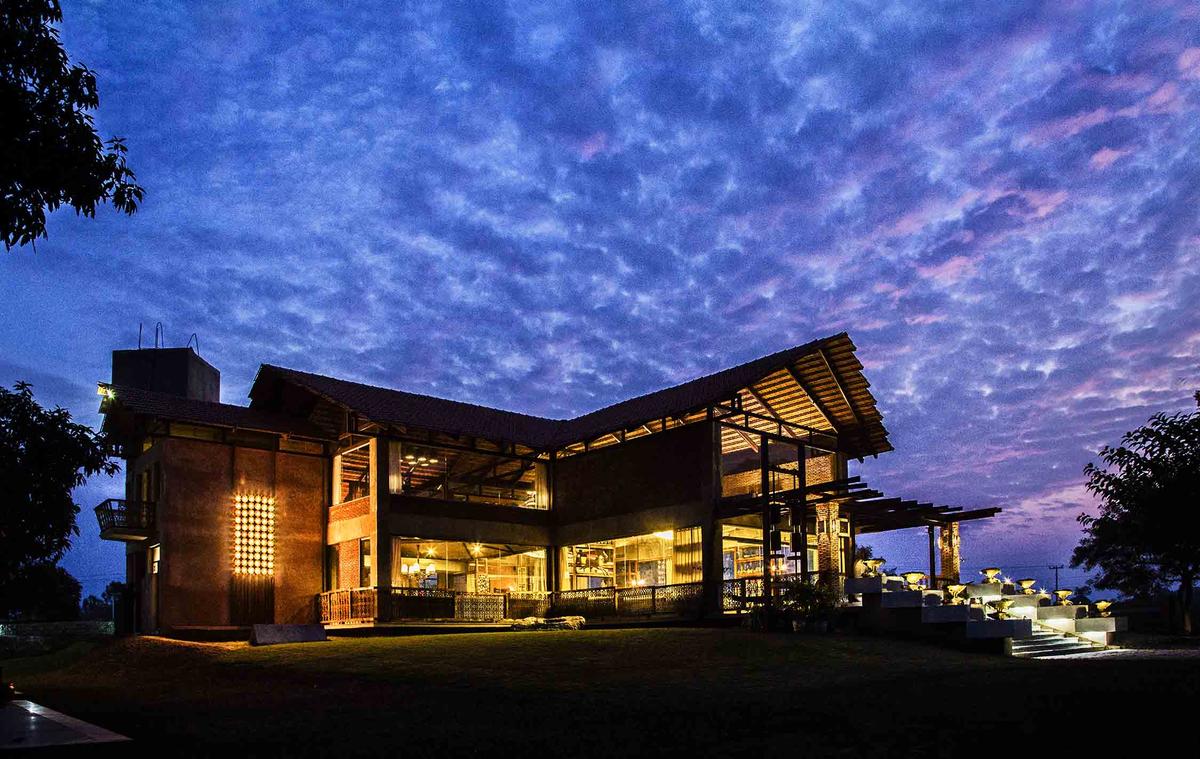
Art Ichol, located in Maihar district of Madhya Pradesh, shares its premises with Maihar Heritage Home and Amaria Writer’s Retreat.
| Photo Credit:
Special arrangement
Art Ichol too makes for an interesting venue. Located in Maihar district of Madhya Pradesh, the residency shares its premises with Maihar Heritage Home and Amaria Writer’s Retreat. “We have studios for ceramics, bronze, stone, printmaking, fine art and metal. We attract at least 200 visitors a day, and have brought art out from an elite space to the common man,” says Ambika Beri, director of the residency. It has commissioned two artists to create works for the sculpture garden in July. “Our regular international artists come in January. The peak season for the residency is from October to March,” she adds.
International artsits at Art Ichol oberseving weaving on the Charkha in Surkhama village
| Photo Credit:
Special arrangement
Unlike Khoj and 1ShanthiRoad, Palette People Artists Residency and Art Ichol are self-funded. “We were funded by Inlaks Foundation, but at the moment, we are depending on our corpus,” says Pooja, adding “A good, sophisticated art scene mainly has a very good public art sector, galleries that help artists with money and lot of not-for-profit spaces that promote experimental works which may never be sold but will be seen and experienced by people.”
You could visit too!
Most art residencies open their doors to the general public on open-studio days:
Chemould CoLab
Art night Thursday on every second Thursday of the month
When: June 13
Hampi Art Labs
When: June 21, 22 and 23; 10am to 6pm
Khoj Studios
When: July 13 at 6pm
1ShanthiRoad
When: August 29 to 31; 11am to 8pm
Space Studio, Baroda
When: Visitors are allowed from 10am to 7pm; Next residency’s artworks are on view from October 2, 3 and 4
Palette people
When: September onwards; 9am to 5pm
Art Ichol
When: 9am to 7.30pm
Entry fee: ₹100 (summer discount: ₹50)




